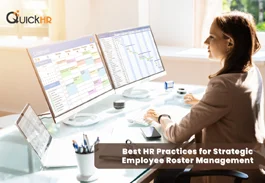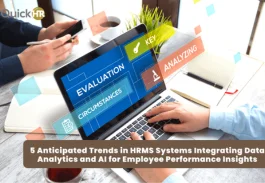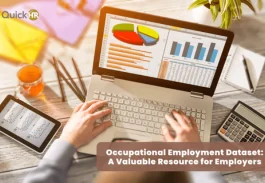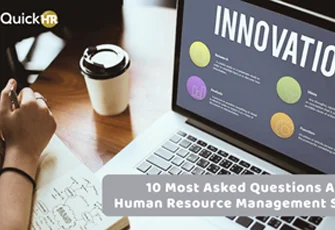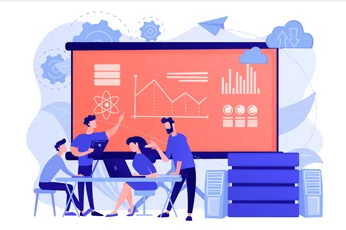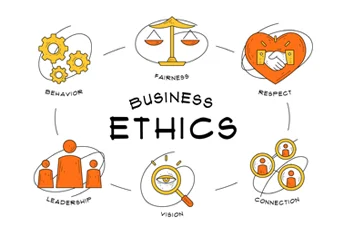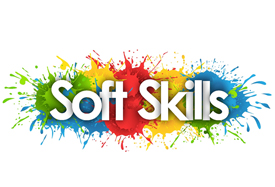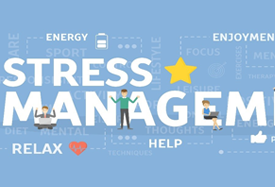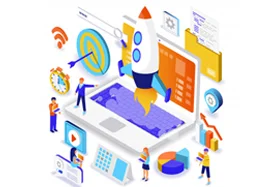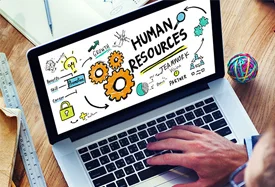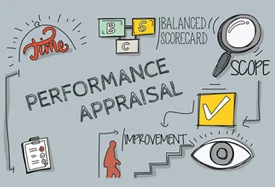
6 Ways HRMS Can Help Identify Skill Gaps in Your Organization
Posted on 27 November 2023 in Business | Suki Bajaj
To gain insights into how HRMS can help organizations identify skill gaps, plan for training, and align talent with business needs, we asked six professionals, including CEOs and COOs, to share their experiences.
From enhancing targeted training to providing a comprehensive view and training recommendations, these leaders provide valuable insights into the comprehensive role of HRMS in talent management.
In this guide, we’ll talk about:
Enhancing Targeted Training
In my experience, a well-configured HRMS can run a gap analysis to identify skills that are lacking within the organization compared to industry benchmarks. For instance, we discovered a significant gap in data analytics skills among our middle management. This led to targeted training programs, eventually aligning the team's capabilities with our broader business objectives.
Aviad Faruz, CEO, Know Mastery
Streamlining Skill Gap Identification
Implementing a Human Resource Management System (HRMS) significantly streamlined our approach to identifying skill gaps. The system's analytics capabilities highlighted areas where our team needed enhancement, particularly in digital marketing strategies for our beauty devices.
Based on this insight, we developed tailored training programs, enabling our team to adapt to market trends effectively. The HRMS allowed us to align employee development with business objectives, ensuring that our talent pool is equipped with the requisite skills.
This experience exemplifies how organizations can utilize HRMS to proactively identify and address skill gaps, aligning talent development with evolving business needs.
Leveraging HRMS Training Resources
Our HRMS system has a large library of employee education. It includes basic workplace safety and HR trainings. In addition, there are data security trainings and ones that we can use to remain HIPAA-compliant. The resources are there; it's just incumbent on our leadership to make sure people take advantage.
Trevor Ewen, COO, QBench
Looking at the Comprehensive Role of HRMS
Human Resource Management Systems (HRMS) play a crucial role in assisting businesses to identify skill gaps, plan for training, and align talent with business requirements. A technology company's transition to a more data-centric strategy serves as an example from my professional experience.
Using their HRMS, they conducted a comprehensive, organization-wide skills assessment. This data-driven analysis revealed critical skill deficits in their industry, particularly in data analytics and machine learning, which were becoming increasingly important.
Consequently, the HRMS enabled the organization to design individualized learning paths for employees. It suggested pertinent internal and external courses and resources to close the gaps. Managers could monitor employee progress and provide assistance as required.
Furthermore, HRMS enabled talent mapping. It identified workers who could upskill and take on new positions, connecting their growth with the company's changing demands.
Jessica Shee, Senior Tech Editor and Marketing Content Manager, iBoysoft
Detecting Gaps and Planning Training
Travel companies need HRMS to react to client needs and quick technologies.
HRMSs may detect knowledge gaps by measuring persons' performance and job demands. Imagine managing HR for a luxury travel firm. Your HR system found your travel agents lack luxury cruise vacation marketing abilities. HRMS organizes skill-shortage training.
Optimize operations by scheduling training during low-travel hours. It evaluates travel brokers using high-end vacation package booking conversion rates and passenger satisfaction surveys. Performance-based incentives and recognition programs recommended by HRMS may motivate and retain top corporate employees. Luxury travel companies may use HRMS to bridge knowledge gaps, plan strategic training, and match workers with objectives.
Travel businesses require HRMS to assess employee knowledge, educate them, and maintain compliance. A robust HRM system may help travel companies adapt to market changes and serve clients well.
Aiden Higgins, Senior Editor and Writer, The Broke Backpacker
Providing a Comprehensive View and Training Recommendations
HRMS can help organizations by providing a comprehensive view of the organization's workforce and their skills, abilities, and career goals.
By integrating data from various sources such as performance reviews, skills assessments, and training records, and knowing what the company needs and what it wants to achieve, HRMS can identify areas where employees may be lacking certain skills or knowledge and recommend appropriate training or development opportunities.
For example, at a previous tech company, the HRMS system played a pivotal role in a project that involved developing a new software product for a major client. The HRMS flagged that the engineering team lacked expertise in a specific programming language crucial for the project. Recognizing this gap, specialized training sessions were swiftly organized, bringing in external experts to upskill the engineers.
Luciano Colos, Founder and CEO, PitchGrade
Conclusion
As organisations strive to remain competitive in a rapidly evolving marketplace, embracing the power of HRMS to identify and bridge skill gaps is essential for achieving long-term success.
By leveraging its comprehensive data collection and analysis, HRMS can provide valuable insights into skills, strengths, and areas for improvement to foster a competent and adaptable workforce that can navigate the ever-changing demands of the business landscape.
This data-driven approach helps organisations make sure that their employees always have the right skills to succeed in their jobs and be ready for new challenges. Learn how we can help.
Enjoying this content? Subscribe and we’ll send the latest updates and special offers directly to your inbox.

